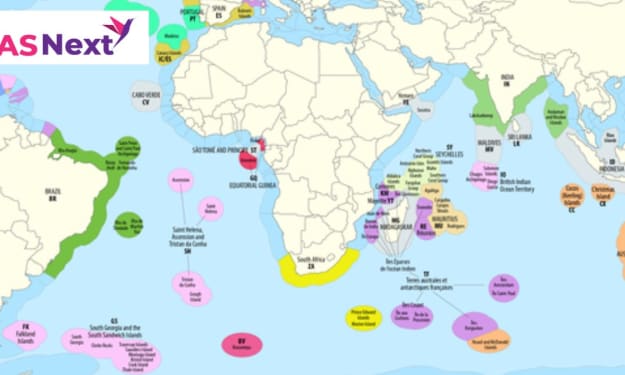Principle of Non-Refoulement
IAS NEXT is a topmost Coaching Institute offering guidance for Civil & Judicial services like UPSC, State PCS, PCS-J exams since more than 10 years.

Introduction:
Refoulement translated roughly as ‘turning back’ of refugees, includes both the rejection of refugees at the border as well as the deportation of refugees from inside of a country. The Principle of Non-refoulement is what defines the lines around the “turning back” – who, who not, when, when not, how, how not, why, why not, etc.
Throughout history, high numbers of persons have left, or have been forced to leave, their countries of origin. In many cases, on their journey to reach a place of safety, a better economic future, or both, these persons face severe hardship. One key concern upon arrival is whether or not they will be allowed to stay in a given country. Under International Law, States have a right to regulate the stay of foreigners in their territory and may send them back to their country of origin. This prerogative is, however, not absolute and may only be exercised with due regard to other rules of International Law.
In order to protect the most fundamental human rights of any migrant or refugee, States have developed the principle of non-refoulement. This principle, reflected in different bodies of International Law, protects any person from being transferred (returned, expelled, extradited — whatever term is used) from one authority to another when there are substantial grounds for believing that the person would be in danger of being subjected to violations of certain fundamental rights.
The principle is multi-faceted and its scope and application vary from context to context in accordance with the applicable law. Here are five key points that explain the importance and relevance of the principle of non-refoulement in the wider migration context.
1. The Principle of Non-Refoulement is found in different bodies of International Law
The principle of non-refoulement is most often referred to in the context of refugee protection, given its codification in Article 33 of the Convention relating to the Status of Refugees (Refugee Convention) and in regional refugee law instruments. Over the past decades, however, the principle has also been included in human rights treaties, such as the Convention against Torture and Other Cruel, Inhuman or Degrading Treatment or Punishment (Article 3), the International Convention for the Protection of All Persons from Enforced Disappearance (Article 16) and in regional human rights instruments. Moreover, the UN Human Rights Committee has considered that non-refoulement is an integral component of the protection against torture or other forms of cruel, inhuman or degrading treatment or punishment, or arbitrary deprivation of life. Similar conclusions were drawn by regional human rights courts, in particular, the European Court of Human Rights (Soering v. The United Kingdom, para. 88).
Interestingly, already in 1949, the principle of non-refoulement was also included in the 1949 Geneva Conventions, primarily with regard to detainee transfers, but also to protect the civilian population. At its core, the principle of non-refoulement is considered to form part of the Customary International Law.
Under Refugee Law, the principle of non-refoulement applies to both refugees and asylum seekers. In addition to being protected against refoulement, refugees are entitled to a number of other rights provided under that body of law. In contrast, protection against refoulement under Human Rights Law means a person cannot be returned, but will not automatically mean that the person has to be granted refugee status and be afforded all of the rights that refugees are entitled to. In all circumstances, however, a State must respect, protect and fulfill the human rights of all persons under its jurisdiction.
The main difference between the principle of non-refoulement under its different codifications is the question of who falls under its protection and for what reasons. Under Refugee Law.....Read more
Read Also: Exclusive Economic Zone (EEZ)
About the Creator
Enjoyed the story? Support the Creator.
Subscribe for free to receive all their stories in your feed. You could also pledge your support or give them a one-off tip, letting them know you appreciate their work.





Comments
There are no comments for this story
Be the first to respond and start the conversation.